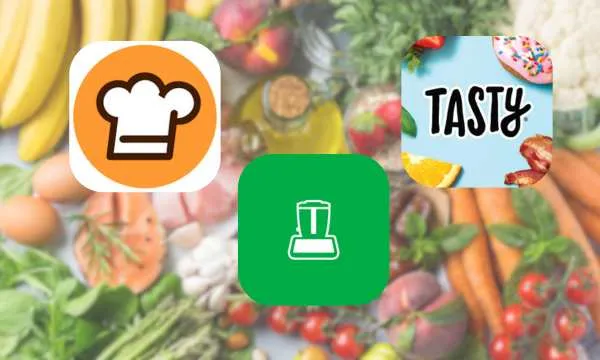Blood pressure is an essential indicator of cardiovascular health.
Regularly monitoring your blood pressure is essential for detecting problems early and taking preventive measures.
With the advances of technology, it is now possible to measure blood pressure using your own phone.
What is Blood Pressure?
Blood pressure is the force that blood exerts on the walls of the arteries as it is pumped by the heart. It is represented by two measurements: systolic blood pressure (the higher number) and diastolic blood pressure (the lower number), usually expressed in millimeters of mercury (mmHg).
For example, a reading of “120/80 mmHg” indicates a systolic blood pressure of 120 and a diastolic blood pressure of 80.
Maintaining blood pressure within healthy levels is crucial for the proper functioning of the heart and blood vessels.
High blood pressure, also known as hypertension, is a significant risk factor for heart disease, stroke, and other health complications.
How to Prevent High Blood Pressure?
Preventing high blood pressure is essential for ensuring a healthy life. Here are some practical tips to help keep your blood pressure under control:
- Healthy Eating: Eat a diet rich in fruits, vegetables, whole grains, and foods low in saturated fat. Reduce your intake of sodium (salt) and avoid processed foods.
- Regular Exercise: Get regular physical activity, such as walking, running, or swimming. Exercise helps maintain a healthy weight and strengthens the cardiovascular system.
- Limiting Alcohol and Tobacco: Reduce your alcohol intake and avoid smoking. Both are risk factors for high blood pressure.
- Regular Monitoring: Use reliable mobile apps to track your blood pressure regularly. Some popular apps for this include:
- SmartBP
- Blood Pressure-Cardio journal
- BP Monitor/ Samsung Health
- Health App and ECG App
These apps offer recording and graphing features that help track changes over time. Choose the one that best meets your needs and preferences.
What are the Signs and Symptoms of High Blood Pressure?
Hypertension can be dangerous if not diagnosed and treated properly. Knowing the signs and symptoms is essential for identifying this condition early and seeking the necessary treatment.
Initial Symptoms of High Blood Pressure
In many cases, high blood pressure does not present obvious symptoms in its early stages. However, some people may experience mild symptoms, such as headaches, dizziness, blurry vision, heart palpitations, and shortness of breath.
These symptoms can easily be confused with other conditions, but it is important to be aware of them and seek medical advice if they persist.
Some of the most severe signs of high blood pressure include chest pain, severe shortness of breath, frequent nosebleeds, ringing in the ears, and extreme fatigue.
These symptoms require immediate medical attention, as they may indicate complications arising from hypertension.
Risk Factors and Prevention
Although it is not always possible to prevent high blood pressure, there are known risk factors that can be controlled to reduce the chances of developing this condition.
Among the main risk factors are obesity, sedentary lifestyle, high-sodium diet, excessive alcohol consumption, and smoking.
Adopting healthy lifestyle habits, such as following a balanced diet, exercising regularly, managing stress, and avoiding harmful habits, can help prevent hypertension and its symptoms.
Conclusion
It is important to be aware of both the initial symptoms, such as headaches and dizziness, and the more severe symptoms, such as chest pain and severe shortness of breath.
In addition, adopting healthy lifestyle habits and scheduling regular medical checkups are essential measures for preventing hypertension and its complications.


